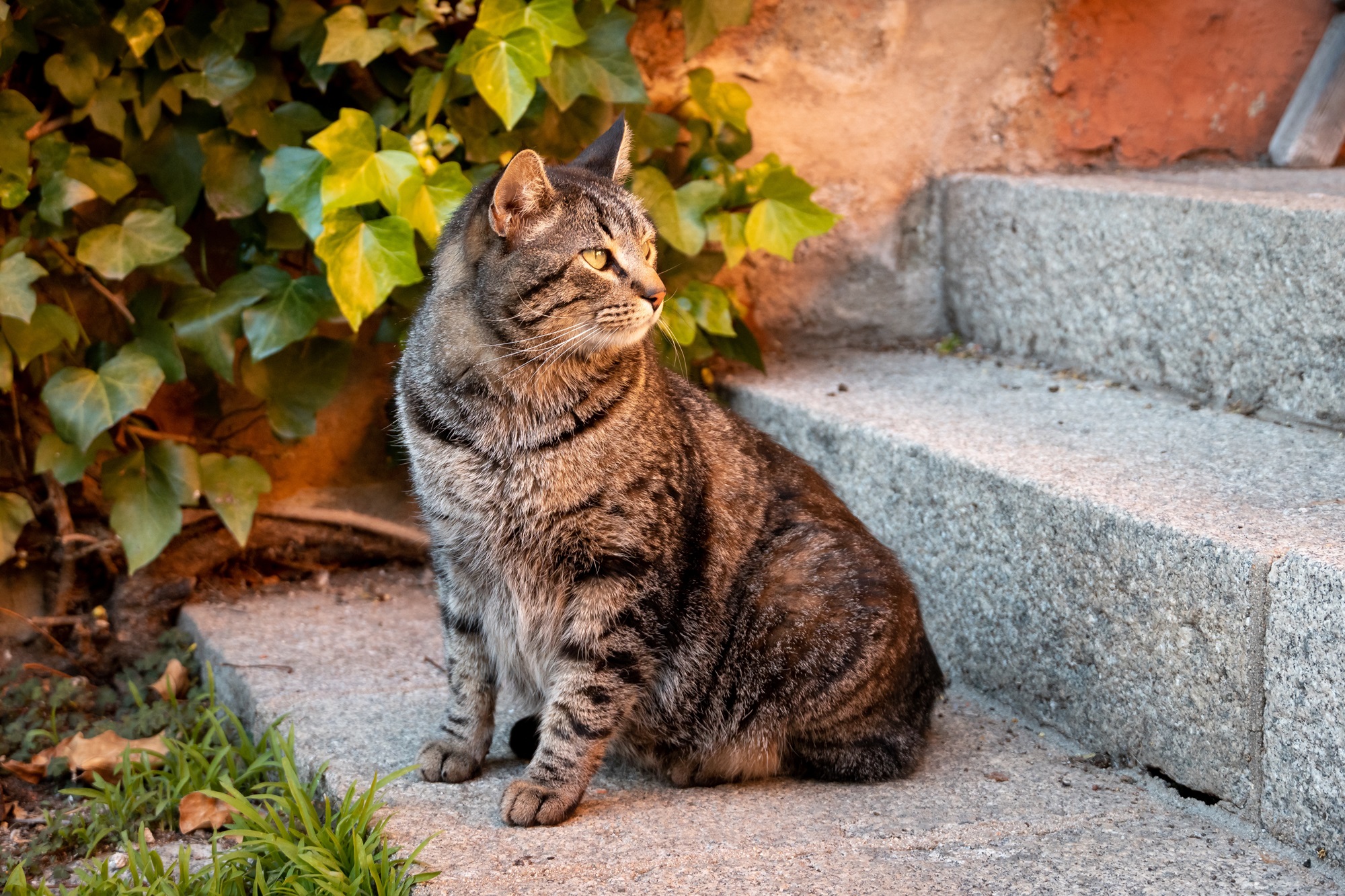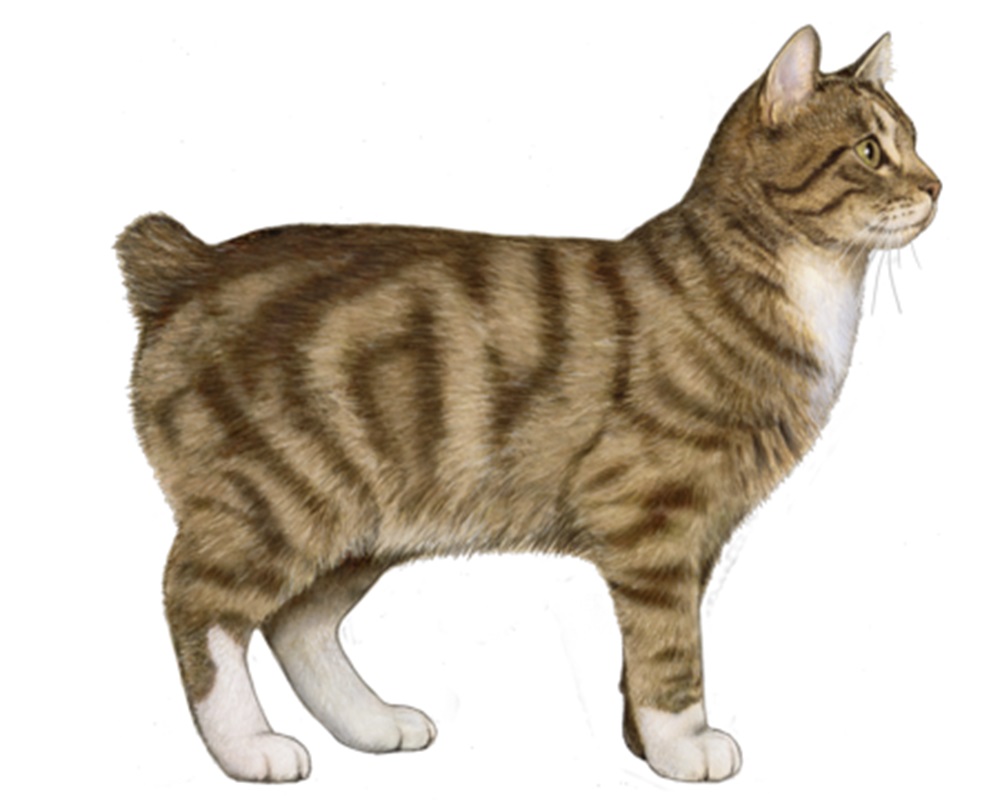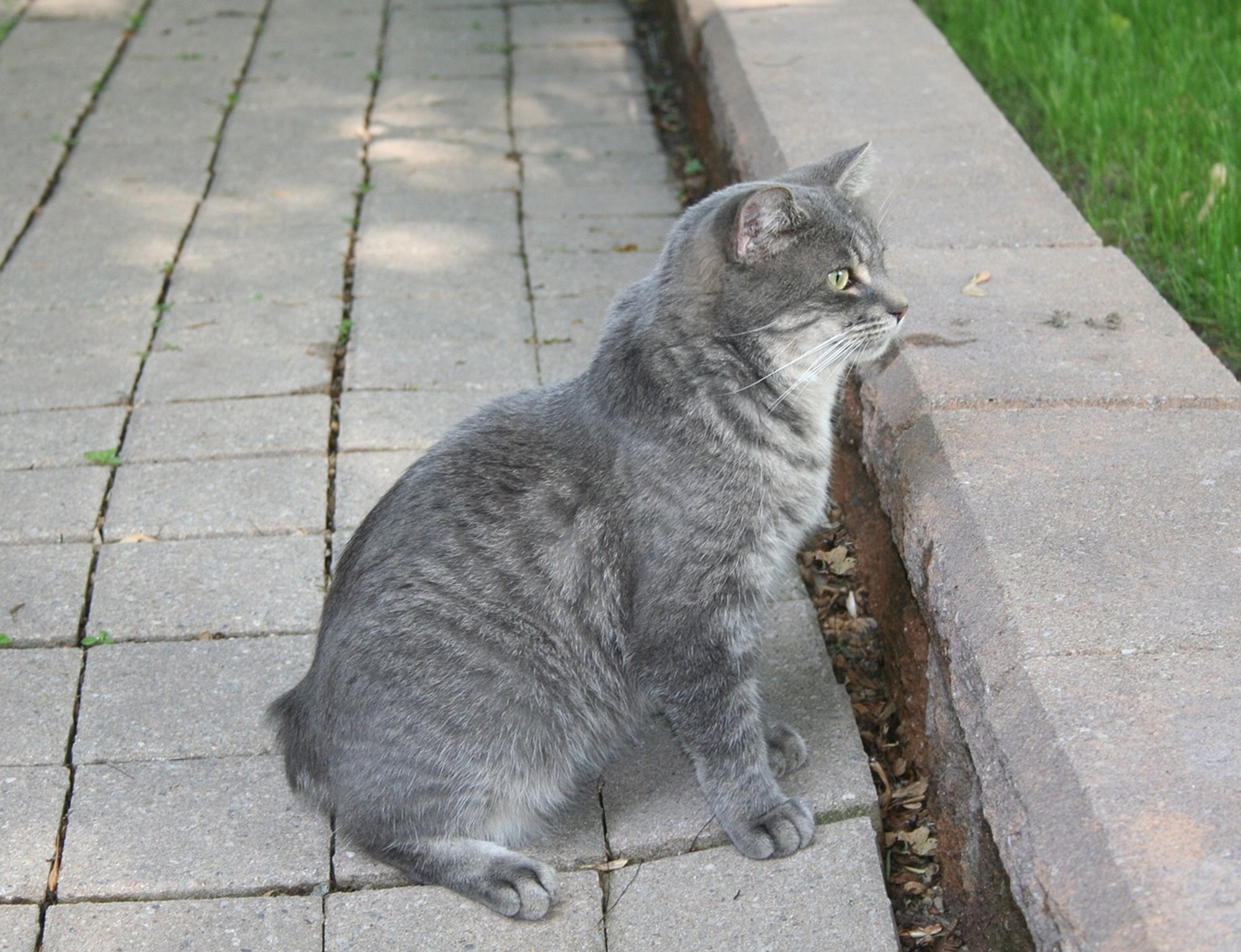Welcome to Pet Breed Hub, your go-to guide for all things furry and four-legged! Today, we’re diving into the fascinating world of Manx cats, a breed known for its unique tail.
A Journey from the Isle of Man to Your Home

Origin: A Tale of the Tailless
When it comes to the Manx cat, its origin is as unique as its tailless backside. This breed hails from the Isle of Man, a quaint island nestled in the Irish Sea. Here’s a snapshot of their fascinating beginning:
Island Beginnings: The Manx cat’s story starts on the Isle of Man. This breed wasn’t just born here; it’s a part of the island’s heritage.
Tailless Trait: What sets the Manx apart is its distinctive lack of tail. This feature is due to a natural genetic mutation that has been embraced and preserved over generations.
Myth and Mystery: There are many legends about how the Manx lost its tail. Some say it was late boarding Noah’s Ark, and the door closed on its tail!
Spread of the Breed: From its island origin, the Manx cat has charmed its way across the globe, captivating cat lovers with its unique appearance and endearing personality.
Tailless Treasure
Understanding the Tailless Wonder
The Manx cat, a unique and captivating breed, is renowned for one striking feature: its taillessness. This characteristic isn’t just about looks; it’s a fascinating genetic marvel.
Genetic Quirk: The key to the Manx’s taillessness lies in its genes. A natural genetic mutation results in a range of tail lengths, from normal to completely absent.
Variations in Tail Length: Not all Manx cats are the same. Some have a small stump (a ‘rumpy’), while others might have a short tail (a ‘stumpy’). And then there are the ‘longies’ with normal tail lengths.
Breed Standard: In cat shows, the completely tailless Manx cats often steal the spotlight, embodying the breed’s unique charm.
Impact on Movement: This taillessness doesn’t hinder their agility. In fact, Manx cats are known for their impressive jumping skills and rabbit-like hop.
Health and Care

A Happy, Healthy Life for Your Tailless Companion
Caring for a Manx cat goes beyond admiring its unique taillessness. It involves understanding and catering to its specific health and lifestyle needs.
Spinal Issues Awareness: Due to their unique tail, Manx cats can have spinal problems known as Manx syndrome. Regular vet check-ups are crucial for early detection and management.
Nutritional Balance: Feed your Manx a well-balanced diet to maintain optimal health. Consult with your vet for diet recommendations tailored to your cat’s age, weight, and activity level.
Grooming Needs: Manx cats come in both short-haired and long-haired varieties. Regular brushing helps reduce shedding and prevents hairballs, especially in the long-haired variety.
Exercise for Agility: Despite their unique physiques, Manx cats are playful and active. Ensure they have ample opportunity for exercise to maintain their muscular build and prevent obesity.
Mental stimulation: Keep their minds sharp with interactive toys and puzzles. Manx cats are intelligent and enjoy challenges.
Love and Affection: Manx cats thrive on human interaction. Regular playtime and affection keep them mentally and emotionally satisfied.
Temperament
The Playful and Affectionate Nature of the Manx
Understanding the temperament of the Manx cat is key to appreciating this unique breed’s true essence.
Loyal Companions: Manx cats are known for their dog-like loyalty. They often form strong bonds with their human families and can be quite protective.
Social Butterflies: These cats love company! Whether it’s human companionship or other pets, Manx cats thrive in a social environment.
Playful Prowess: Their playful nature is a standout trait. Manx cats are curious and enjoy interactive play, often showing a kitten-like zest for life well into their adult years.
Gentle and Patient: They are typically gentle and patient, making them excellent companions for families with children or other pets.
Adaptable: Manx cats adapt well to various living situations, whether it’s a bustling family home or a quieter apartment life.
Vocal Expressiveness: While not overly noisy, they do enjoy communicating with their owners through soft trills and chirps, especially when it’s mealtime or they’re seeking attention.
A Palette of Stunning Hues
The Manx cat, known for its distinctive tailless feature, also boasts a remarkable variety of coat colors and patterns. This colorful array adds to the breed’s charm and appeal.
Wide Color Spectrum: Manx cats can be found in virtually all cat coat colors and patterns. This includes single-tone colors, tabby patterns, tortoiseshell, calico, and more.
Common Colors: Some of the most common colors include white, black, blue, red, cream, and various shades of these colors in combination.
Tabby Varieties: The tabby pattern, with its characteristic “M” mark on the forehead, is particularly popular and comes in different forms: classic, mackerel, and spotted.
Bicolor and Tricolor: Bicolor Manx cats, with patches of white combined with another color, are quite striking. Tricolor or calico Manx cats, predominantly female, display a mix of three colors.
Coat Changes: Interestingly, some Manx kittens may change color as they mature, with their coat deepening, lightening, or shifting in pattern.
FAQs
1: What makes Manx cats tailless?
Manx cats are tailless due to a natural genetic mutation. The degree of taillessness varies, from completely tailless to a short stump.
2: Do Manx cats have any specific health issues?
Manx cats can be prone to a condition known as Manx syndrome, related to their spinal mutation. It’s important to have regular vet check-ups.
3: Are Manx cats good with children?
Absolutely! Manx cats are known for their gentle and patient nature, making them excellent companions for families with children.
4: How long do Manx cats typically live?
A healthy Manx cat can live for 9–13 years, sometimes longer, with proper care and regular veterinary check-ups.
5: Can Manx cats jump and climb like other cats?
Yes, despite their unique tails, Manx cats are quite agile and can jump and climb effectively.
6: What are the grooming requirements for a Manx cat?
Manx cats require regular grooming, especially the long-haired variety. Weekly brushing is recommended to keep their coat healthy and free of mats.
7: Are Manx cats rare?
While not extremely rare, Manx cats are less common than many other breeds, partly due to the genetic nature of their taillessness.
8: Do Manx cats require a special diet?
Manx cats do not require a special diet, but like all cats, they benefit from a balanced, nutritious diet suited to their age, health, and activity level.
9: How does the taillessness affect Manx cats’ balance?
Despite lacking a tail, Manx cats generally do not have issues with balance. They adapt remarkably well to their unique physiques.
10: Can Manx cats be kept in apartments?
Yes, Manx cats can adapt well to apartment living. They enjoy play and interaction, so providing engaging toys and spending time with them is important in smaller spaces.
11: Are Manx cats expensive?
Manx cats can be moderately expensive, with the price depending on several factors like pedigree, breeder reputation, location, and the cat’s specific characteristics (like coat color and tail length). Typically, prices for Manx kittens from reputable breeders can range from a few hundred to over a thousand dollars.
Conclusion
That’s a wrap on the magnificent Manx cat! Tail or no tail, these cats are sure to bring joy and companionship to your home.
References And External Links
The International Cat Association (TICA): Manx Breed Profile
Cat Fanciers’ Association (CFA): Manx Breed Standard
Manx Cat Wikipedia Page
The Manx Cat Club
Manx Cat Health Information
Manx Syndrome – Cornell University College of Veterinary Medicine
Manx Cat Rescue Organizations
Manx Rescue and Adoption Organizations
Manx Cat Videos on YouTube

